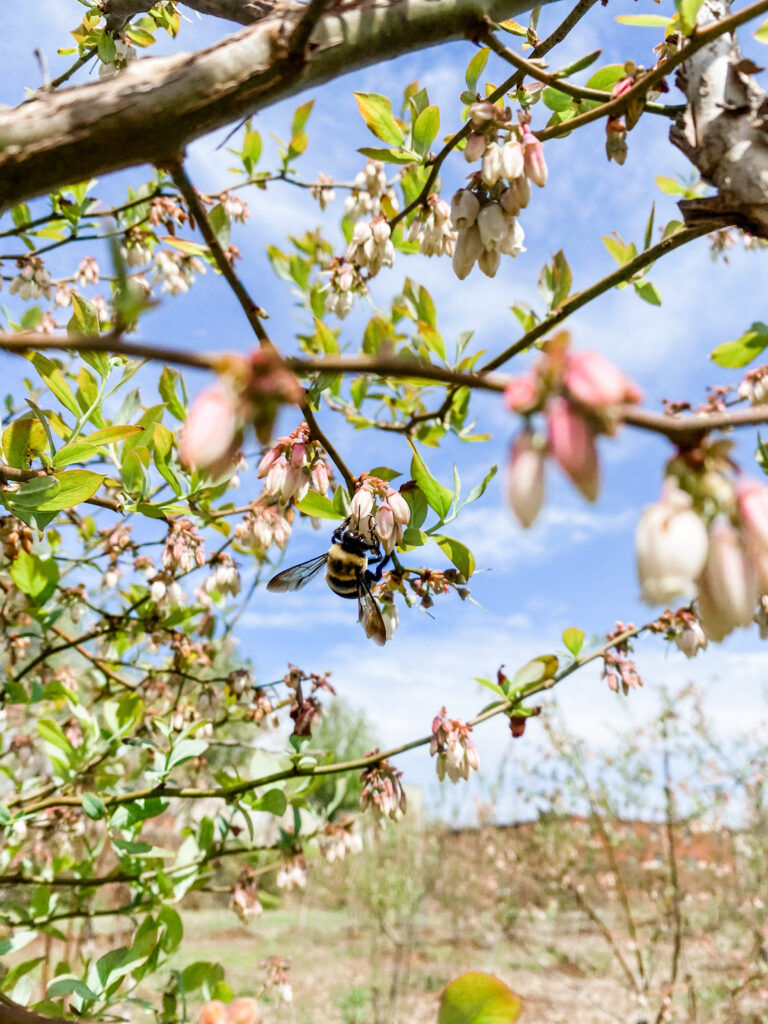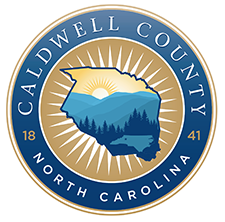The Hidden Heroes: Native Bees and Their Fascinating World
go.ncsu.edu/readext?942050
en Español / em Português
El inglés es el idioma de control de esta página. En la medida en que haya algún conflicto entre la traducción al inglés y la traducción, el inglés prevalece.
Al hacer clic en el enlace de traducción se activa un servicio de traducción gratuito para convertir la página al español. Al igual que con cualquier traducción por Internet, la conversión no es sensible al contexto y puede que no traduzca el texto en su significado original. NC State Extension no garantiza la exactitud del texto traducido. Por favor, tenga en cuenta que algunas aplicaciones y/o servicios pueden no funcionar como se espera cuando se traducen.
Português
Inglês é o idioma de controle desta página. Na medida que haja algum conflito entre o texto original em Inglês e a tradução, o Inglês prevalece.
Ao clicar no link de tradução, um serviço gratuito de tradução será ativado para converter a página para o Português. Como em qualquer tradução pela internet, a conversão não é sensivel ao contexto e pode não ocorrer a tradução para o significado orginal. O serviço de Extensão da Carolina do Norte (NC State Extension) não garante a exatidão do texto traduzido. Por favor, observe que algumas funções ou serviços podem não funcionar como esperado após a tradução.
English
English is the controlling language of this page. To the extent there is any conflict between the English text and the translation, English controls.
Clicking on the translation link activates a free translation service to convert the page to Spanish. As with any Internet translation, the conversion is not context-sensitive and may not translate the text to its original meaning. NC State Extension does not guarantee the accuracy of the translated text. Please note that some applications and/or services may not function as expected when translated.
Collapse ▲June is National Pollinator Month. In honor of this, let’s put the spotlight on North Carolina’s buzzing heroes- native bees!

Crops such as blueberries (featured here) rely heavily on native bee pollination for optimal yields.
Native bees, often overshadowed by their honeybee cousins, are a group of unsung heroes quietly shaping North Carolina’s ecosystems and agricultural landscapes. These remarkable creatures play a vital role in pollination, fostering biodiversity, and ensuring the success of our native flora. Here are some intriguing facts that shed light on the importance and wonder of native bees.
- Rich Diversity: North Carolina is home to over 500 species of native bees, ranging from tiny solitary bees to colorful bumblebees. Each species has unique adaptations, behaviors, and preferences when it comes to foraging and nesting, making them a fascinating group to study and admire.
- Super Pollinators: Native bees are highly efficient pollinators. Some species, like the orchard mason bee, can visit up to 2,000 flowers per day, transferring pollen from plant to plant as they gather nectar. This exceptional pollination service is vital for the reproduction of countless wildflowers, fruits, vegetables, and nuts in North Carolina.
- Buzzing Engineers: Solitary native bees, such as the carpenter bee, are skilled architects. They create nests by tunneling into wood or excavating soft soils, constructing individual cells for their offspring. These industrious bees not only contribute to the development of our ecosystems but also aid in natural processes like decomposition and soil aeration.
- Climate Adaptation: Native bees have evolved alongside North Carolina’s native plants, making them well-suited to the state’s specific climatic conditions. Their ability to withstand temperature fluctuations, adapt to different flowering seasons, and navigate local landscapes enhances their resilience and ensures the continued pollination of native flora.
- Buzzing Beauties: While some may assume all bees are black and yellow, native bees exhibit a stunning array of colors and patterns. From the metallic green sweat bees to the vibrant hues of the cuckoo bees, these diverse colors make native bees a visual delight and an integral part of North Carolina’s natural tapestry.
- Lesser-Known Pollinators: Besides honeybees, native bees are essential contributors to agricultural productivity. Crops such as tomatoes, peppers, and blueberries rely heavily on native bee pollination for optimal yields. Their efficient and specialized pollination techniques can lead to improved crop quality, enhancing agricultural sustainability and food security.
- Bee-Specific Relationships: Certain native plants have developed exclusive relationships with specific native bees. For example, the long-tongued bumblebee and the jewelweed flower have a mutualistic partnership, where the bee is the sole pollinator for the flower, and the flower provides nectar rewards tailored to the bee’s tongue length. These intricate connections highlight the interdependence between native bees and plants.
By understanding and appreciating the invaluable contributions of native bees, we can take steps to protect and support their populations. Planting native flowers, creating bee-friendly habitats, and raising awareness about their significance are powerful ways to ensure these hidden heroes continue to thrive, pollinating our ecosystems and nurturing North Carolina’s natural heritage.
Please visit this article on our website at caldwell.ces.ncsu.edu to find specific resources on how you can support native bees in your landscape and how to identify our native bees!
Resources on how to support our Hidden Heroes:




